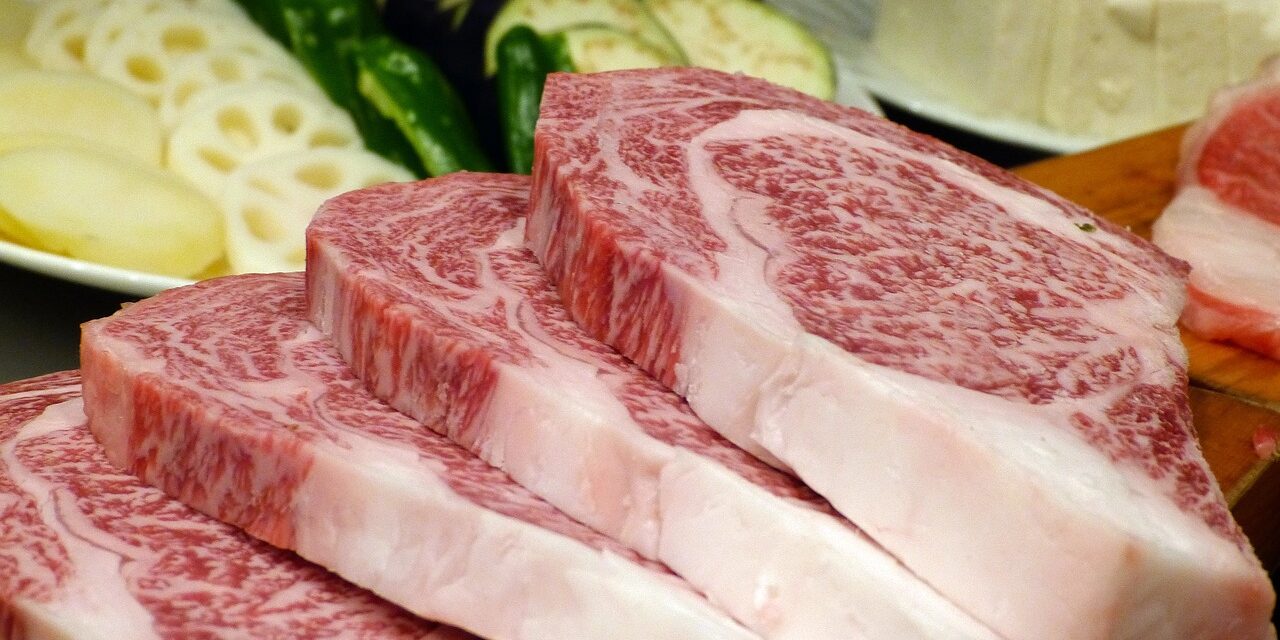Kobe beef, synonymous with luxury and culinary excellence, has captivated the palates of gastronomes worldwide. Originating from the Tajima strain of Japanese Black cattle raised in the Hyogo Prefecture, this renowned meat boasts a rich history, unique rearing practices, and an allure steeped in cultural significance. This essay delves into the origins, demographics, and statistical nuances that define Kobe beef, illuminating why it is often deemed the pinnacle of beef varieties.
Historical Context
The history of Kobe beef traces back to the mid-19th century when Japan opened its ports to the West following centuries of isolation. This period marked the beginning of a fascination with Western culinary practices, including the consumption of beef, which was previously limited in Japanese cuisine. The Tajima cattle, indigenous to Hyogo Prefecture, was selectively bred for its quality and marbling—a characteristic that would become synonymous with premium meat.
In 1983, the Kobe Beef Marketing and Distribution Promotion Association was established to regulate and promote the beef from Hyogo Prefecture. In 2014, the association implemented a stringent certification system to distinguish authentic Kobe beef from its counterparts. Only cattle born, raised, and processed in this specific region can be labeled as Kobe beef, ensuring a level of quality and authenticity that is unparalleled in the culinary world.
Demographics and Rearing Practices
The allure of Kobe beef transcends its taste; it is deeply embedded in the cultural fabric of Japan. Traditional rearing practices involve meticulous attention to detail, with farmers ensuring that cattle are raised in stress-free environments. The cattle are often fed a specialized diet, which may include a unique mixture of rice, barley, and even beer to stimulate appetite. The conditions in which these cattle are raised frequently include spacious grazing areas and soothing music, promoting lower stress levels and enhancing the quality of the meat.
Demographics play a crucial role in the perception and consumption of Kobe beef. With growing global interest, particularly from affluent consumers in markets such as the United States, Europe, and Asia, there has been a notable increase in demand. In 2022, the Kobe Beef Marketing and Distribution Promotion Association reported approximately 2,700 head of cattle produced as certified Kobe beef, with around 500,000 pounds exported internationally. This increasing demand has necessitated rigorous controls to maintain authenticity, ensuring that only a small fraction of the total beef production is certified as Kobe.
Statistical Significance
The quality of Kobe beef is often evaluated through its marbling, tenderness, and flavor, aspects measured on a grading scale that includes the Beef Marbling Standard (BMS). BMS grades range from 1 to 12, with Kobe beef typically scoring between 6 and 12, underscoring its exceptional marbling and flavor profiles. Statistically, this profound distinction marks Kobe as a rarity in comparison to standard beef products that may only achieve lower marbling grades of 4 or 5.
The economic impact of Kobe beef is noteworthy as well. The export value has seen a remarkable increase, with revenues from Kobe beef exports reaching approximately $6.3 million in 2020 alone, marking a 70% increase from the previous year. The premium price point, often ranging from $300 to $500 per pound retail, reflects not only the rarity but also the meticulous care involved in its production.
Culinary Excellence
Kobe beef’s culinary reputation has led to its incorporation in high-end dining establishments across the globe. Chefs employ various cooking techniques—ranging from traditional Japanese methods to modern culinary practices—to highlight the unique flavors and textures of this exquisite meat. Restaurants specializing in teppanyaki or shabu-shabu provide a theatrical experience that showcases both the skill of the chef and the superior quality of the beef, drawing patrons willing to pay a premium for an unforgettable dining experience.
Conclusion
Kobe beef represents more than just a culinary delight; it embodies a rich history, cultural significance, and economic vitality that spans the globe. As demanded by discerning consumers, the rarity of authentically certified Kobe beef evokes an understanding of craftsmanship and tradition that cannot be replicated. Its journey from the gentle hills of Hyogo Prefecture to global dining tables is a testament to the meticulous efforts of farmers and producers dedicated to preserving this extraordinary heritage. As consumer interest continues to rise, maintaining the integrity and purity of Kobe beef will be paramount, ensuring it remains the gold standard in the world of fine dining.

